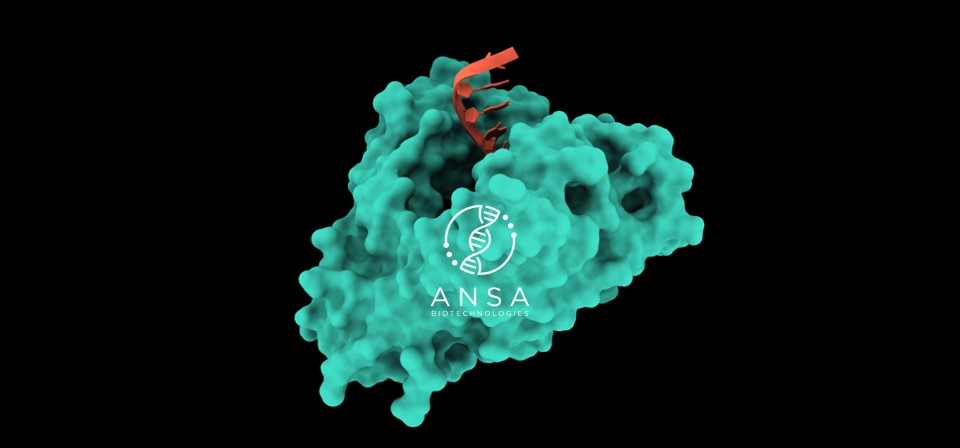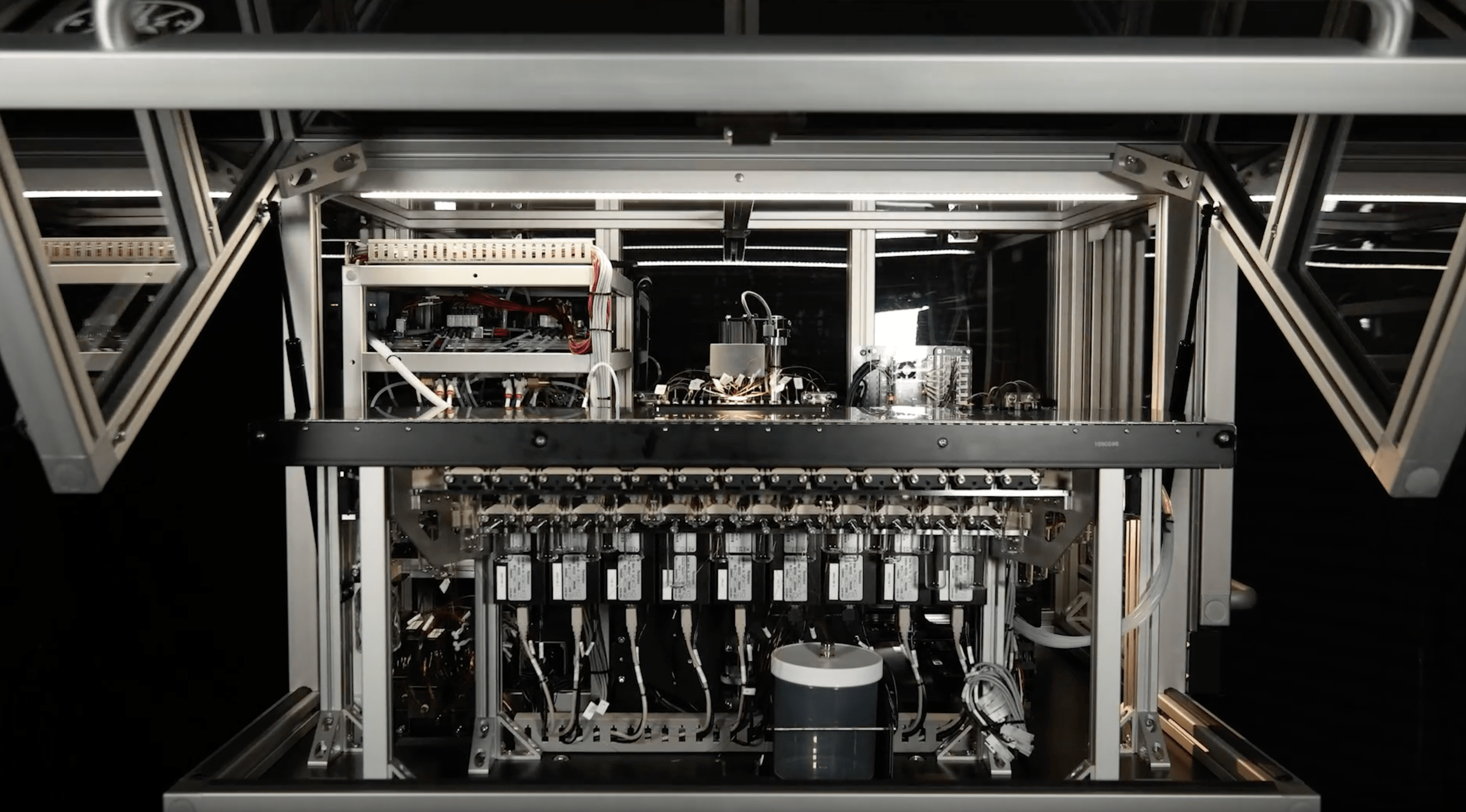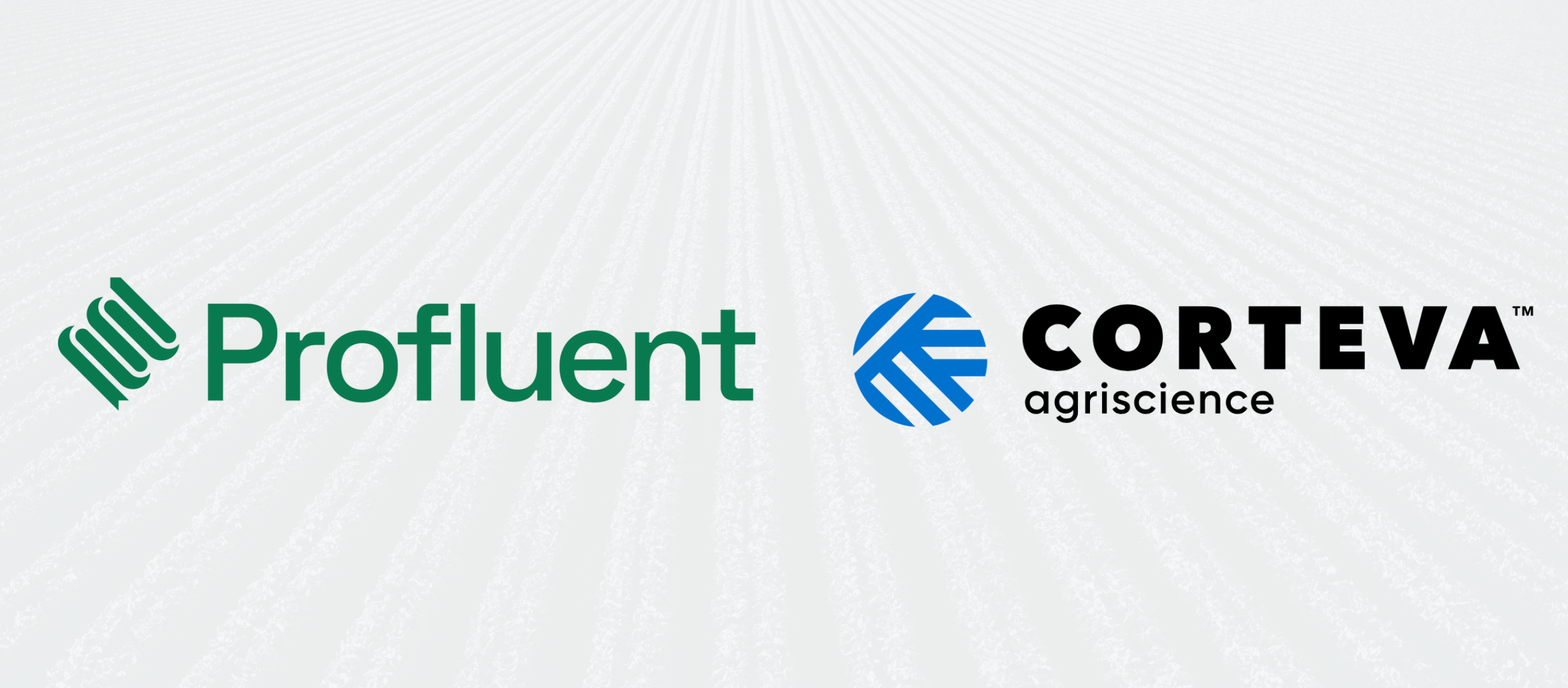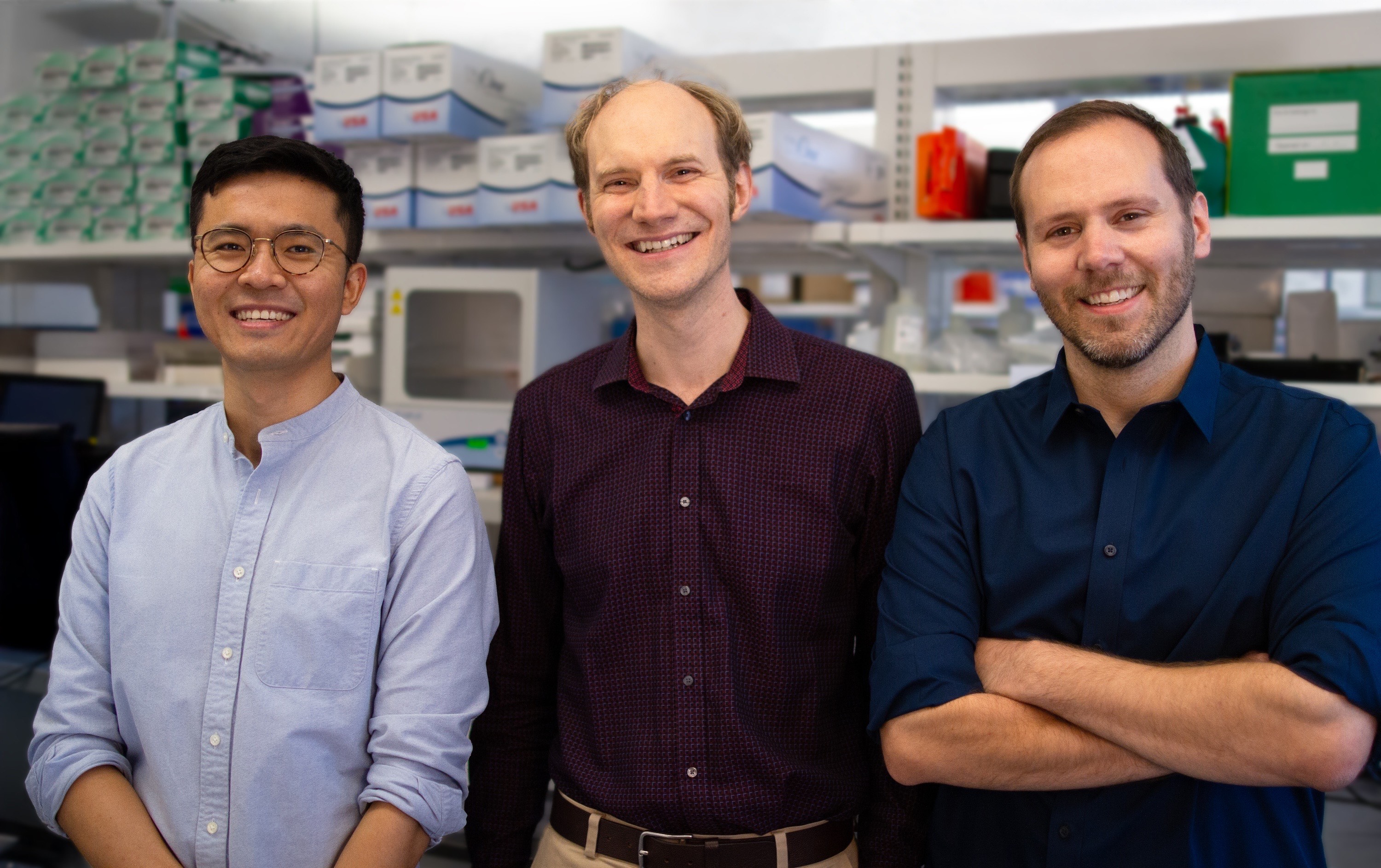
Engineering Tomorrow: DARPA’s Push into the Frontier of Synthetic Biology
Engineering Tomorrow: DARPA’s Push into the Frontier of Synthetic Biology
The SynBio Surge: Bridging Bits and Atoms
Imagine you’ve just stepped into a biotech lab in Boston’s Kendall Square or South San Francisco’s glittering industrial district. Everywhere you look, pipette-wielding scientists flit between digital dashboards and meticulously engineered living cells, mixing together software code and genetic code in ways that still sound like science fiction to many. But that’s the new wave of innovation: synthetic biology. It’s about building and programming biological systems like circuit boards, striving to make living organisms behave as predictably as your smartphone.
For years, synthetic biology has offered tantalizing glimpses of what might be possible—personalized disease treatments, materials grown by microbes instead of extracted from petroleum, and sensors capable of detecting everything from emerging pathogens to chemical toxins. The allure has attracted investors and entrepreneurs, pushing startups to scale up with fermentation bioreactors and gene-editing technologies. But beyond the hype, we hit a sobering truth: biology is messy. Scale-ups that work beautifully on a lab bench often break down in a 10,000-liter tank. Promising genetic designs fail unpredictably because real-world conditions differ from the pristine order of the lab.
That’s precisely why now is the right time for deeper, broader investment in SynBio—and why the U.S. Defense Advanced Research Projects Agency (DARPA) is making its move. The mission at DARPA, known more widely for stealth planes and the internet, is to foresee threats, catalyze big ideas, and then supercharge them until they’re world-changing or prove unworkable. Mike Koeris, Director of DARPA’s Biological Technologies Office (BTO), envisions synthetic biology as the next great frontier in that legacy of breakthroughs. And he’s looking for new frontiers, people of science, a.k.a. Program Managers—“PMs,” as DARPA calls them—to push that frontier beyond what anyone could think possible, merging the digital realm of bits with the living realm of atoms.

One might ask: Why DARPA, and why now? Well, because synthetic biology is perched at a moment when data science and machine learning can finally help us tackle biology’s complexity at scale. Instead of spending months on guess-and-check experiments, advanced AI systems can sift through reams of genomic and chemical data in days, guiding scientists toward the most promising designs. Biotech startups and academic labs everywhere sense the rising opportunity. But Koeris and DARPA want more than incremental progress. They’re after “two-miracle” solutions—moonshot initiatives that wouldn’t ordinarily get funded through conventional grants or corporate budgets.
And there’s another motivating factor: national security. Synthetic biology can give the U.S. military an edge—faster pathogen detection, better protective materials, innovative field diagnostics—and do the same for civilian healthcare, manufacturing, and environmental conservation. If there’s one thing DARPA has proven time and again, it’s that investments made to protect and strengthen national security can spin off into technologies that reshape civilian life. Consider the original ARPANET (now the internet), GPS navigation, and even early mRNA vaccine research—all had their roots in DARPA-funded or DARPA-adjacent projects. For Koeris, synthetic biology is simply the next big leap.
Enter DARPA: An Entrepreneurial Approach to Breakthroughs
When people imagine a government agency, they often picture a top-down bureaucratic pyramid. But DARPA inverts that hierarchy. The real decision drivers are the Program Managers—each with a narrow “tour of duty,” typically a few intense years. Once that clock runs out, they exit, no matter their level of success. By design, DARPA is built on forced turnover, an inbuilt mechanism that ensures fresh ideas and insane pace. “We can’t stay,” Koeris says with a touch of wonder. “Even if you’re the best in history, you still have to leave. That’s why we work so fast.”
The PM role is a fascinating hybrid: part CEO, part lead scientist, part ringmaster of an ecosystem that might include academic labs, startups, and big industry teams. It’s like venture capital but with the high-impact lens of national security. If you want to invest DARPA’s money as a PM, you pitch your program—your big idea about how to engineer a new class of living materials or build an AI-driven bioreactor—and face an internal “investment committee.” If they greenlight it, you might suddenly have double-digit millions at your disposal, plus an on-call network of experts, all racing to achieve in a few years (DARPA programs are short!) what might otherwise take a decade or more.

One unexpected twist for a government entity: failure is not only tolerated but expected. “We don’t tolerate risk,” Koeris explains, “we require it. If you only need one miracle for success, you’re probably not aiming high enough for DARPA.” That’s the twin paradox of the agency—high-stakes, short timeline. Under Koeris’ leadership, the Biological Technologies Office is doubling down on this approach with synthetic biology. He believes the field will benefit from synergy with advanced machine learning. Where biology used to be stymied by small sets of data from a single lab, now AI systems can interpret data across thousands of labs and millions of genomes.
But how do you convert that synergy into actual products? That’s where DARPA’s worldview stands apart from many purely academic or philanthropic research funders. The agency invests with an eye toward eventual procurement—someone has to build the technology if the Pentagon is going to buy it. For pharmaceuticals, for instance, the DoD doesn’t run its own drug manufacturing; it needs a viable company to do that job such that the capability (the therapeutic in this case) is “acquirable”. That means DARPA actively courts private-sector collaborators—whether that’s an early-stage startup or a Fortune 500 corporate R&D outfit—and also invests in bridging the famous “valley of death” between research proof-of-concept and large-scale production. The logic is simple: if your invention can help soldiers, it should also survive in the civilian market. That’s how it remains available to be purchased and deployed.
In BTO’s world, you often can’t rely on the typical defense industrial base that primarily deals with planes, ships, and missiles. Synthetic biology doesn’t map neatly onto that legacy. So, part of the entrepreneurial approach is forging brand-new partnerships with biotech founders, universities, or even nonprofits. “The phone is ringing less with Boeing or Lockheed,” Koeris says, “and more with folks who have a pilot-scale bioreactor or the next big CRISPR-based diagnostic method.” DARPA’s challenge is to unite these players seamlessly, help them see how technology might also serve the broader commercial world, and propel them to go bigger and faster.
The other unique aspect? Incessant ideation. Koeris speaks of targeting 45 groundbreaking concepts per year across the office, only a fraction of which will get funded. Multiply that by several technology offices at DARPA, and the funnel of new ideas becomes enormous. The result: A relentless flow of innovation proposals, from which the best might mature into next-generation game-changers. “If you try once a year and fail, you’re stuck,” Koeris notes. “But if you can pitch a new idea every couple of months, you learn from each miss, and eventually, you hit pay dirt.”
The Road Ahead: Risk, Scale, and Imagination
Where does all this lead? Synthetic biology is on the cusp of being able to design complex organisms with real-world applications—from producing sustainable chemicals to generating new classes of therapeutics to detecting and neutralizing pathogens on the fly. Yet scaling up remains the industry’s Achilles’ heel. If you build something in a lab, how do you replicate it reliably on an industrial scale? The cost, time, and technical uncertainties can balloon.
DARPA aims to tackle precisely these scaling nightmares by infusing them with fresh tools. Picture an AI-powered design-build-test cycle that runs round the clock, generating tens of thousands of experimental variants in days. Such an approach demands custom-built platforms for lab automation, capable of operating at volumes and speeds beyond what any typical bench scientist can do. Koeris insists that the future of SynBio depends on different defaults for experimental volumes, frequencies, and data capture. Instead of shaping everything around a human with a pipette, we can build microfluidic or robotic systems that revolve around the optimum scale for the experiment. He wants to eliminate the “little weeds” that often trap researchers when they try to interpret gene expression networks or cellular behaviors one micro-liter at a time. A neural network, on the other hand, doesn’t bat an eyelid at millions of data points.

Of course, the success of such a platform is about more than hardware. You need robust simulation and modeling. You need to convert data into knowledge—where the machine can grasp not just that something happened but why it happened. That’s an epistemological challenge. How do you help a foundational model decide which new piece of information is truly novel and which is noise? How do you teach it to weigh evidence, gauge reliability, and revise its “mental model” of the world? These are big questions in AI, and DARPA is famous for being unafraid of big questions.
But at the heart of it all is imagination. Koeris’s advice to prospective DARPA PMs is surprisingly simple: “Read more science fiction.” In other words, you need the creative spark to envision something that doesn’t exist yet because only then can you gather the will and the expertise to try building it. As he puts it, “Before we can do anything, we have to imagine it.” His broader message is that big leaps rarely arise from incremental thinking. You want to create a faster, cheaper, more precise gene-editing system? Sure, that’s good. But you might get overshadowed by another lab. You want to make the entire design-build-test paradigm for living systems 10,000 times faster by harnessing advanced AI and robotic microfluidics? That’s the kind of leap DARPA is looking for.
This impetus is also fueled by a sense of responsibility. If the U.S. wants to remain at the forefront of global biotech, it must treat synthetic biology the way it treated semiconductor or aerospace research in previous generations: as a strategic priority, one that galvanizes top minds and abundant resources. And while Koeris is enthusiastic, he’s not naive. He acknowledges that not every bet will pay off. “We expect at least 50% of our programs to fail,” he says. “That’s the point: you can’t find the next ‘internet’ if you’re not willing to fall on your face with some of your projects. Failure is how we learn—so long as you’re always moving forward.”
In an era where it feels like everything from climate change to pandemics to global competition is speeding up, DARPA’s posture on synthetic biology is a bold statement of intent: the best defense is radical innovation. They want new classes of sensors for pathogens and new production modes for essential chemicals and materials, and they want them faster and more reliably than ever before. That means forging alliances with the people who can invent the new tools, building out labs that can handle the complexity, and letting the PMs chart their own path—knowing that when their time is up, they’ll pass the baton to the next wave of “Imagineers.”
What does all this mean for the rest of us? If history is any guide, DARPA’s leaps in advanced research often trickle into the products and services we use daily. GPS started as a DARPA-related project for navigation; now, it’s embedded in every smartphone. So, you can bet that technologies born from DARPA’s synthetic biology push could reshape our relationship with medicine, food, materials, and sustainability over the coming decades.

In a sense, the biggest lesson is that sometimes you need an institution willing to operate outside the usual constraints—a place that embraces short timelines, forced turnover, and near-mythical levels of risk, all in the name of catalyzing radical new technologies. That’s DARPA in a nutshell. And synthetic biology, with all its promises and pitfalls, might be the perfect match.
So the next time you hear a media piece dismissing “impossible government research” or wave off SynBio as hype, remember that a decade or two from now, you may be wearing, ingesting, or relying on a DARPA-catalyzed innovation—something that once required a spark of genius, multiple miracles, and a government agency that thrives on big leaps to make it real. Because if Koeris and DARPA have their way, this new wave of living technology won’t just appear in labs or pilot factories; it’ll be integrated into our everyday world, quietly transforming everything from national security to the way your favorite shirt is dyed.
That’s the power of bridging bits and atoms—of engineering new forms of biology right alongside advanced AI. And that’s precisely how DARPA has always worked best, by embracing a risk-laden, future-forward approach that the rest of us will only recognize in hindsight as obvious. By then, we’ll take it for granted. And that’s precisely the point: “Before we can do anything, we have to imagine it.”



.svg)





.png)



.jpg)

.gif)